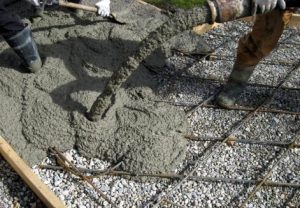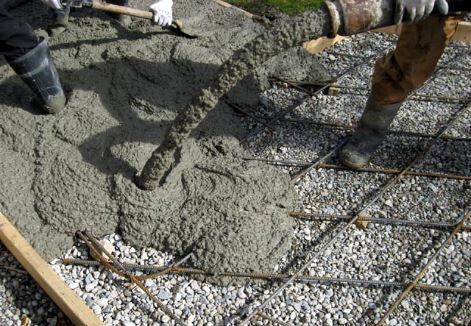Placing concrete :- It is not enough that a concrete mix is correctly designed, batched, mixed and transported, it is of utmost importance that the concrete must be placed in a systematic manner to yield optimum results. The precautions to be taken and methods adopted while placing concrete in the under-mentioned situations, will be discussed.
(a) Placing concrete within earth mould.
(example : Foundation concrete for a wall or column).
(b) Placing concrete within large earth mould or timber plank formwork.
(example: Road slab and Airfield slab)
(c) Placing concrete in layers within timber or steel shutters.
(example: Mass concrete in dam construction or construction of concrete abutment or pier)
(d) Placing concrete within usual from work.
(example: Columns, beams and floors)

(e) Placing concrete under water. Concrete is invariably laid as foundation bed below the walls or columns. Before placing the concrete in the foundation all the loose earth must be removed from the bed. The surface of the earth if dry, must be just made wet, so that the earth does not absorb water from concrete.
On the other hand if the foundation bed is too wet and rain-soaked, the water and slush must be removed completely to expose firm bed before placing concrete. For the construction of road slabs, airfield slabs and ground floor slabs in buildings, concrete is placed in bays. To prevent absorption of moisture from concrete, by the large surface of earth, in case of thin rod slabs, use of polyethylene film is used in between concrete and ground.





